Casa de la Paz
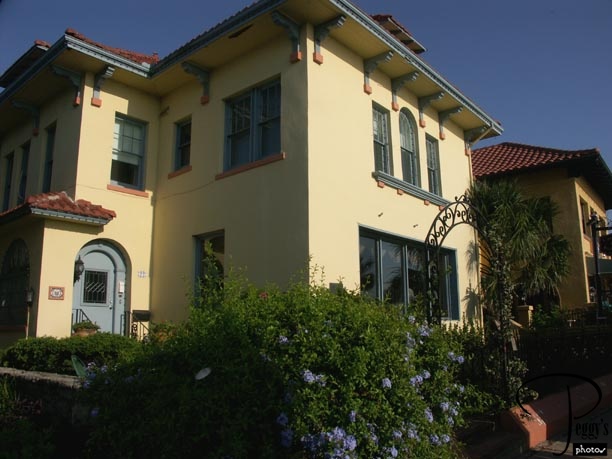
Day 1: It took me a bit less than five hours to fly about 2500 miles this day from Los Angeles to Orlando, Florida, aboard American Airlines. It took me a full five hours, from the time that my plane landed in Orlando at 3:15 p.m., to travel the 106 miles from the Orlando Airport to my Florida destination, St. Augustine. First, it took a very long time for my luggage to be unloaded, then the time to locate the shuttle to the Hertz off–site location, taking the shuttle, waiting in a very slow line to get my car, and then about 20 more minutes before I decided that I could not figure out how to program the car’s GPS and more time to find someone to instruct me in its use. I made it out of the Hertz lot and the GPS lady instructed me as to how to get on the 427, a toll road with a toll booth about every five miles––tolls from 50 cents all the way up to $2.00. All went okay until there was a split in the 427––one way to Orlando (didn’t I just come from there) and one to Titusville––and no sign saying what happened to the 427. I decided to try the Titusville turnoff. I knew that there was a Boeing plant there and it was near the Atlantic Ocean, where I was headed to. The GPS lady told me I had chosen the wrong turnoff and directed me back on the 427. All went okay until I was directed onto the I–4. It was bumper to bumper. Not a rush–hour tie–up, but a major slowdown because people were almost stopping their cars to get a view of a brush fire on the side of the highway. (Florida hadn’t had rain for quite some time and there were about 38 separate brush fires in the state when I was there.) After the fire slowdown, all went well on the I–4, then on the I–95, and next on the 312 to St. Augustine. I made a few wrong turns in St. Augustine, corrected by the GPS lady, and finally found the Casa de la Paz, the bed and breakfast where I would spend the next five nights. The Casa de la Paz is a 1915 Mediterranean Revival–style house on Avenida Menendez on Matanzas Bay on the Intercoastal Waterway. (I had made this trip to St. Augustine to attend a reunion, actually a reunion of a reunion that was held here 5 years ago, which I also attended.)

Casa de la Paz
Casa de la Paz

My hosts, Kathy and George. This photo is from the Casa de la Paz website as George didn’t want to have to shave to have me take his photo. The Casa de la Paz is one of 26 bed and breakfasts in the historical area of St. Augustine. It has nine rooms to rent and is between the Bridge of Lions and the Castillo de San Marcos and close to almost all of the tourist sites.

Casa de la Paz
Casa de la Paz
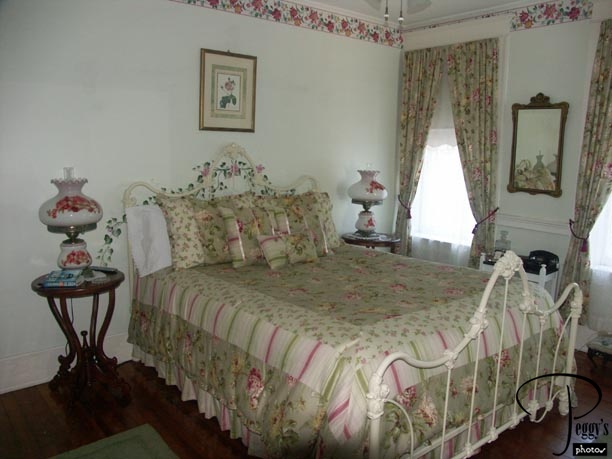
I had the Christopher Columbus bedroom, which was quite big and with a very comfortable bed. I brought my luggage up to my room at 8:15 p.m., five hours after I landed at Orlando Airport. (Note: the Jacksonville, FL, Airport is much closer to St. Augustine than the Orlando Airport, but I was going to visit a friend who lives closer to Orlando before I flew home.)

Casa de la Paz
Casa de la Paz
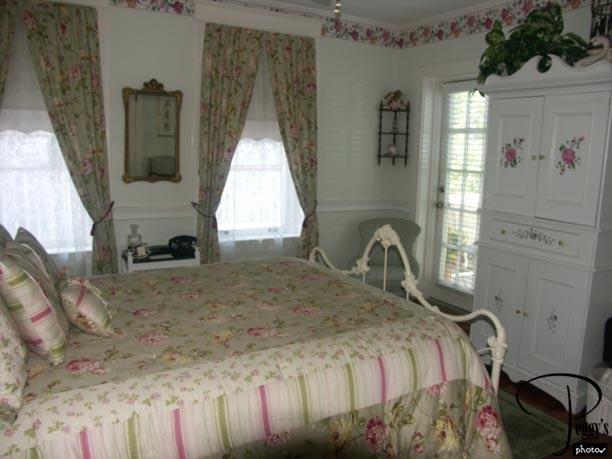
There was a door from my room to the veranda.

Casa de la Paz
Casa de la Paz
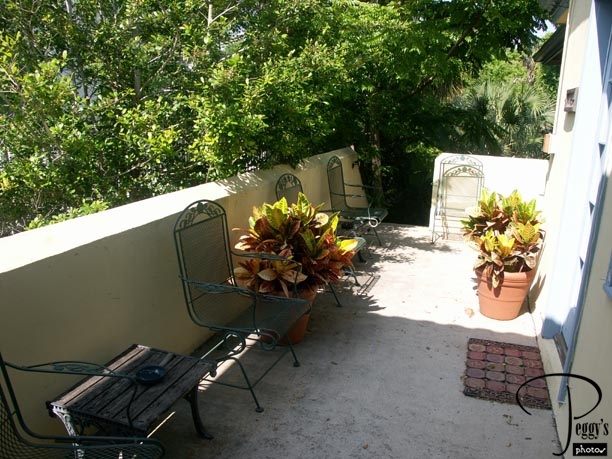
The veranda.

Casa de la Paz
Casa de la Paz
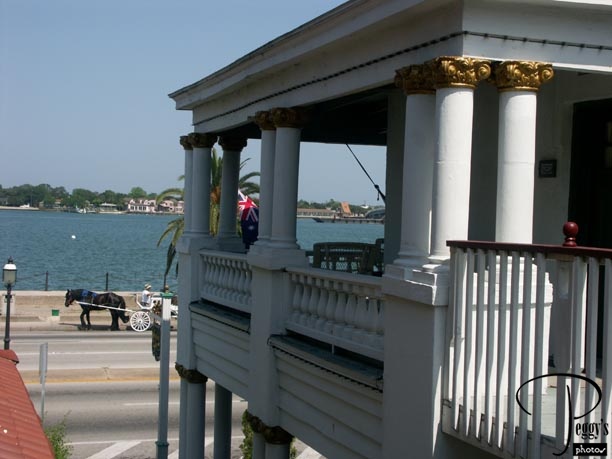
View from the veranda. The Casablanca Inn on the Bay (another B&B) is right next door to the Casa de la Paz.

Casa de la Paz
Casa de la Paz
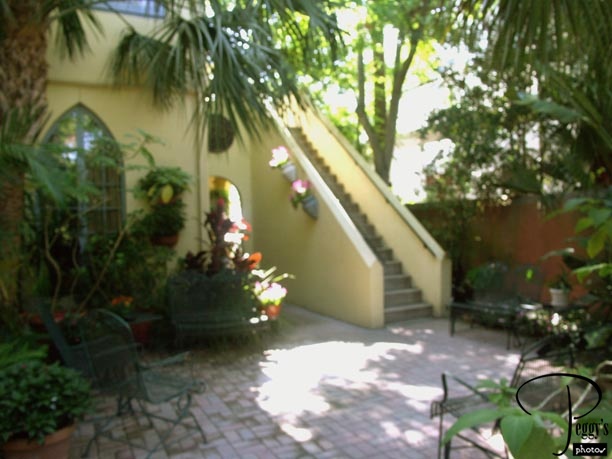
The steps from the backyard of the Casa de la Paz to the veranda.

Casa de la Paz
Casa de la Paz
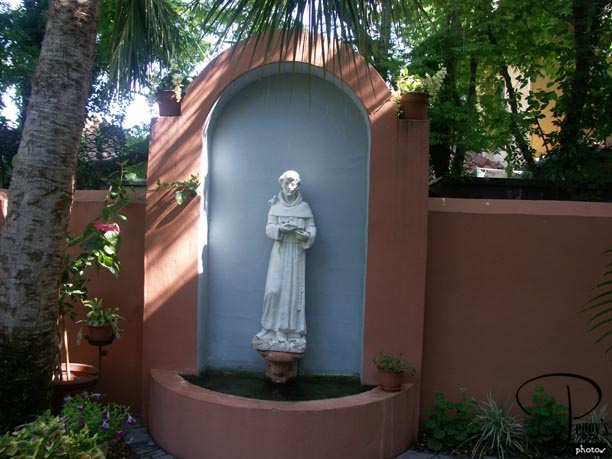
St. Francis statue in the backyard.

Casa de la Paz
La Pentola
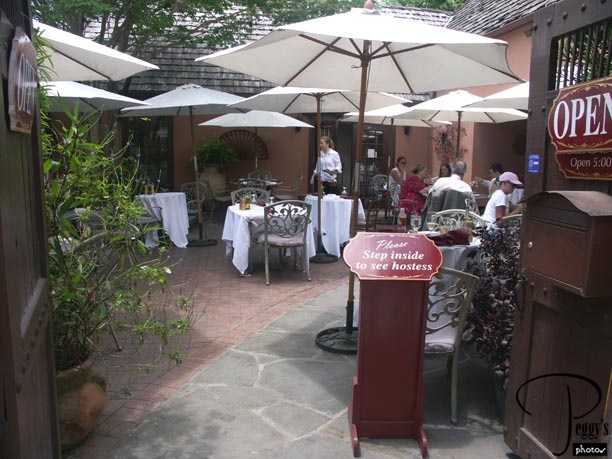
I hadn’t eaten since breakfast (American Airlines doesn’t serve food in economy class and what they offered that you could buy didn’t sound very enticing). I went out in search of a restaurant––quite a choice in St. Augustine: French, Mexican, Cuban, Greek, Caribbean, New World, Italian, etc., etc. I walked around a bit before making a decision where to eat––it was warm enough at night here not to have to even wear a light jacket. I chose the La Pentola restaurant on Charlotte Street almost directcly behind my B&B––it was recommended by George. Really good meal: red snapper, potatoes, salad, ice cream, and coffee––over $30.00 without tip. I took this photo of the La Pentola the next day.

La Pentola
Morning Walk

Day 2: Breakfast was not to be served until 8:45 a.m., which at first I thought was quite late. So, I started out at 8 a.m. on an early morning walk. I didn’t expect to be almost the sole person walking at that hour, but I was. St. Augustine doesn’t get going to at least 9 a.m. I started walking down Charlotte Street, the street directly behind my B&B. It is a street made of bricks, lined with mainly old houses made into stores, homes, or B&Bs. Most of the old houses have balconies and porches.

Morning Walk
Morning Walk

Stores. The first flag is the Spanish Colonial Period flag and the second one is the French flag (the blue of the flag came out green in the photo). You will see British, American, French, Greek, and Spanish Colonial flags flying on many of the buildings in St. Augustine––it goes back to the history of this city (will be given below), but why one or more particular flags are flying is not very clear.

Morning Walk
Morning Walk

The Coach House––part of the Casablanca Inn next to the Casa de la Paz.

Morning Walk
Morning Walk
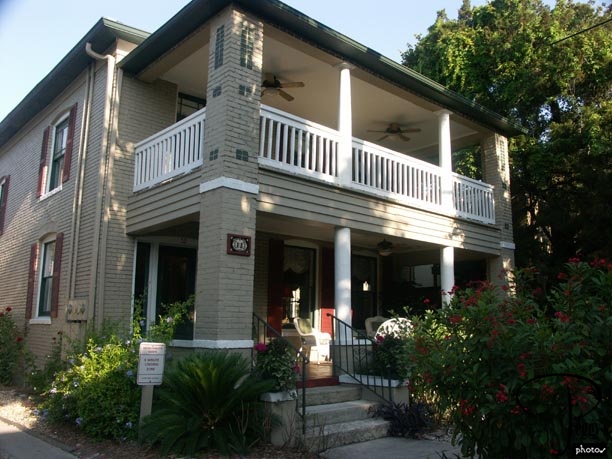
Another bed and breakfast.

Morning Walk
Morning Walk
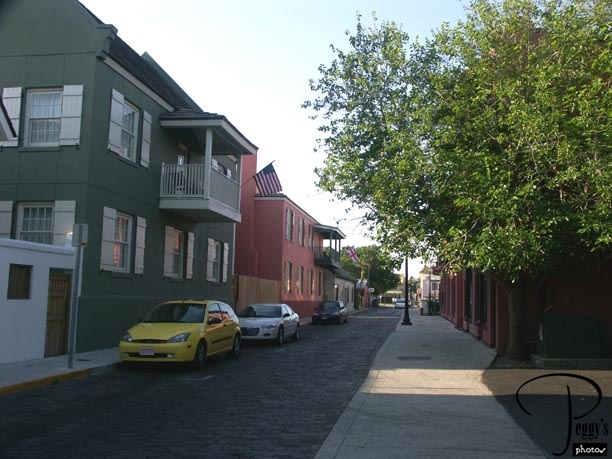
I believe that this is the back of the new Hilton––the Casa de la Paz is two doors away from the Hilton.

Morning Walk
Morning Walk
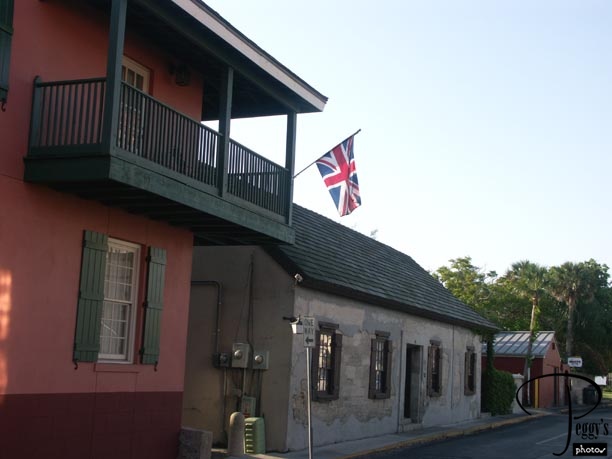
This could also be the back of the new Hilton. The British flag is being flown here.

Morning Walk
Morning Walk
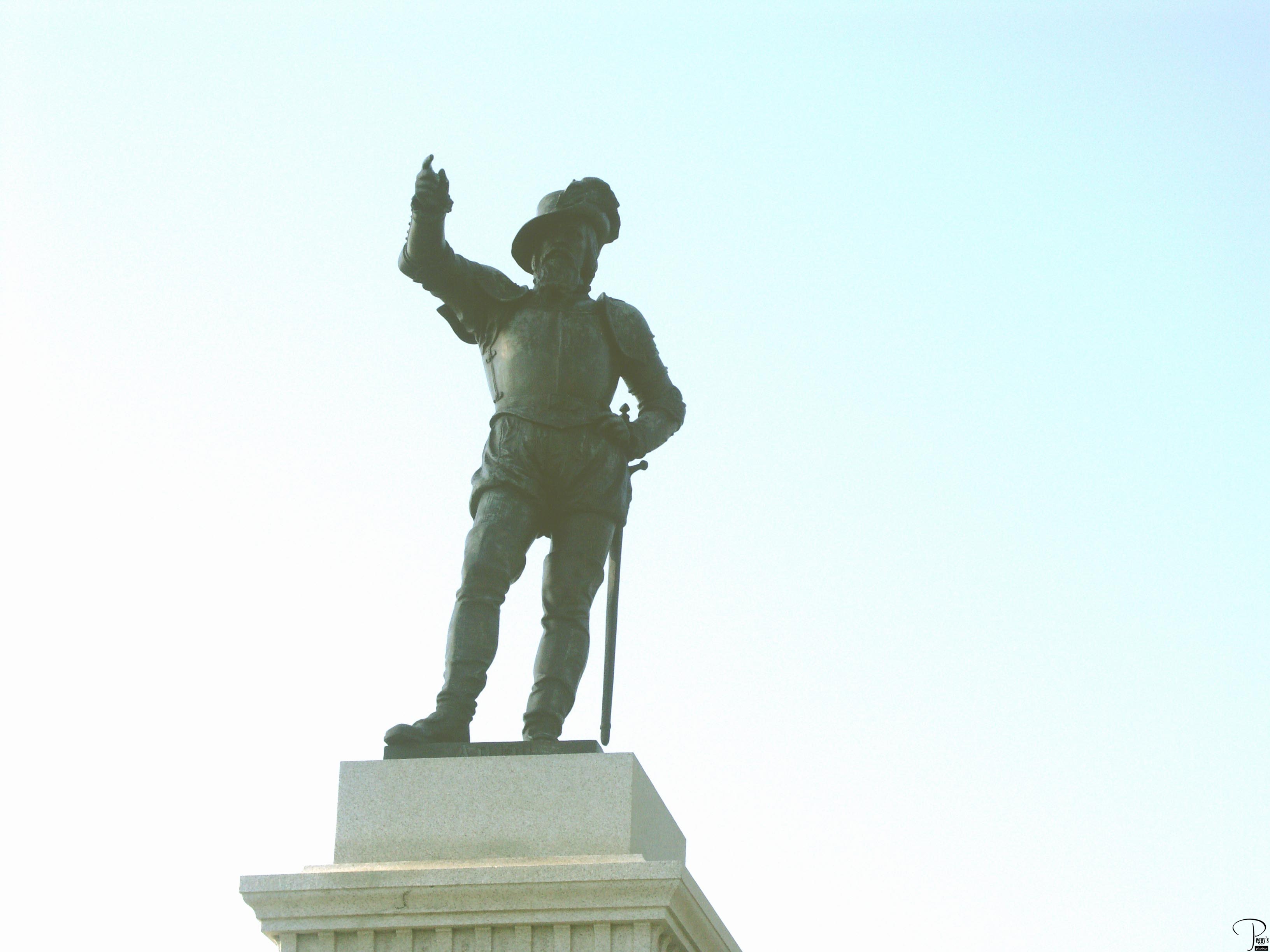
On turning the corner of Charlotte Street, you will see this statue of Juan Ponce de Leon, the Spanish explorer and discoverer of Florida who landed near this spot in 1513. Spain sent six expeditions to colonize Florida but all of them failed. But in 1564, the French Hugenots (Protestants) established a fort north of here. The Spanish considered this to be a threat to the Spanish fleets, so they sent Don Pedro Menendez de Aviles to get rid of the French. He landed on September 8, 1565, in St. Augustine, beat the French, and established St. Augustine as a military outpost and a base for the Catholic missionaries. This was the beginning of the First Spanish Colonial Period (1565–1764). The town plan of St. Augustine was laid out by Governor Gonzalo Mendez de Canzo in the late 16th century––one of narrow streets and balconied houses, reflecting Spanish architecture. St. Augustine is the oldest continuously occupied settlement of European origin in the United States.

Morning Walk
Morning Walk
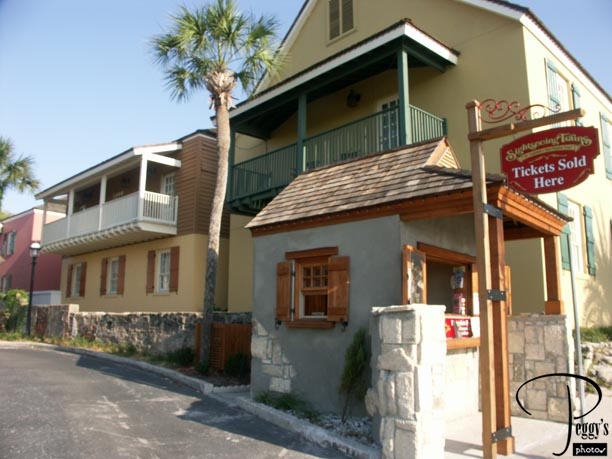
I am now on the Avenida Menendez facing Matanzas Bay, heading toward my B&B. One of kiosks where you can buy trolley tickets––there are at least two trolley companies that will take you easily to all the tourist sights of St. Augustine.

Morning Walk
Morning Walk
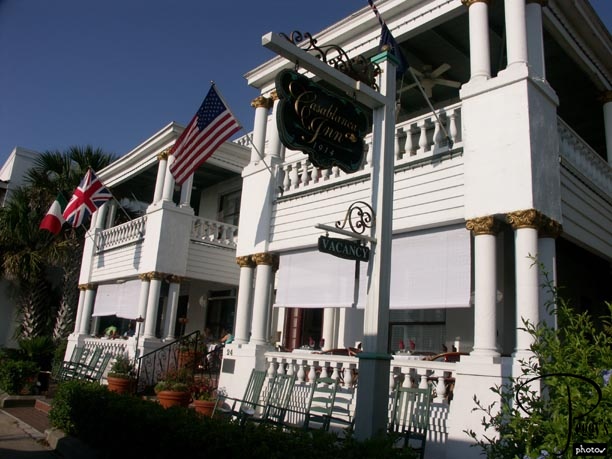
The Casablanca Inn, next door to the Casa de la Paz, flying French, British, and American flags.

Morning Walk
Time for Breakfast
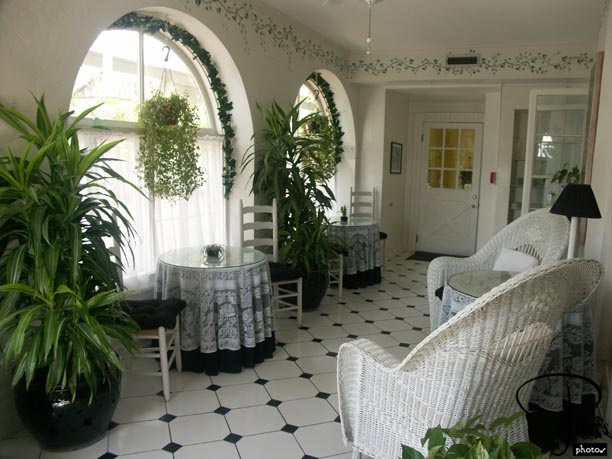
The breakfast room. Today’s breakfast was yogurt and granola compote, Southwestern quiche with artichokes and topped with sour cream, cheesy grits (I had forgotten about the serving of grits in the South until I saw these), orange juice, and coffee or tea.

Time for Breakfast
Time for Breakfast
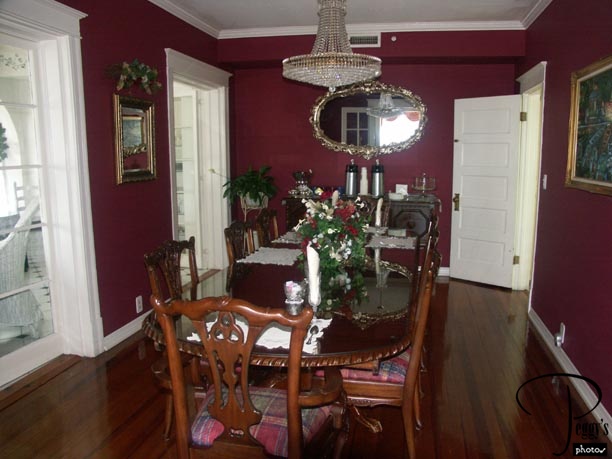
The dining room––you could also eat your breakfast in this room. Coffee and cookies or cake were served in this room all day.

Time for Breakfast
Walk to St. George Street

After a quick trip to a CVS store to pick up some items that I forgot to pack, I started another walk, heading toward St. George Street, again walking on Charlotte Street. Another B&B

Walk to St. George Street
Walk to St. George Street
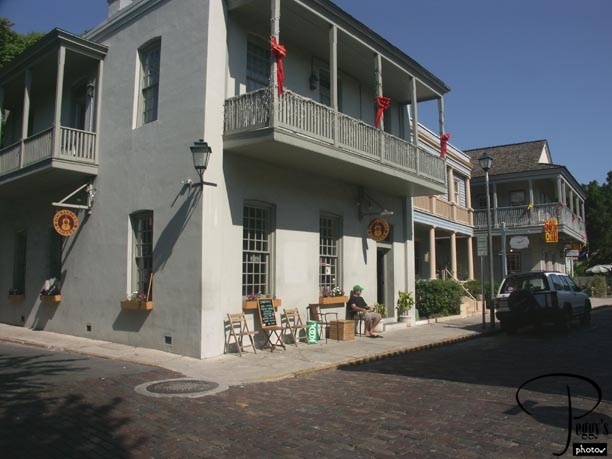
Coffee house.

Walk to St. George Street
Walk to St. George Street
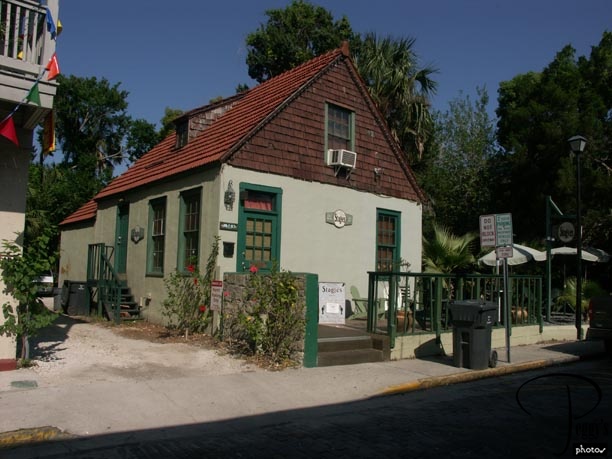
Stogie’s Cigar Factory, offering live jazz this night.

Walk to St. George Street
Walk to St. George Street
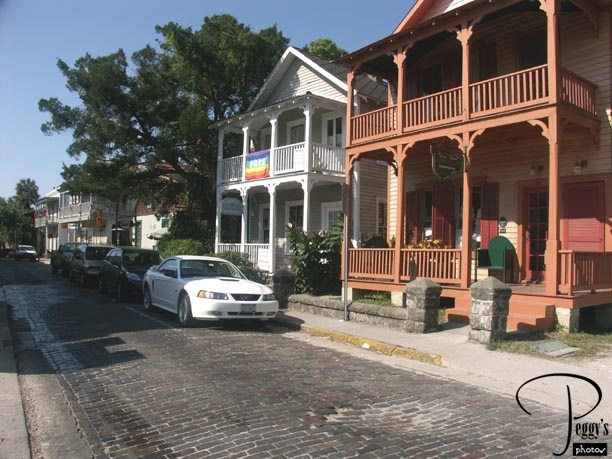
Looking back on Charlotte Street.

Walk to St. George Street
Walk to St. George Street

Menu of the coffee house: Snicker Cappuccino and Toffee Nut Latte––yum, yum?

Walk to St. George Street
Walk to St. George Street
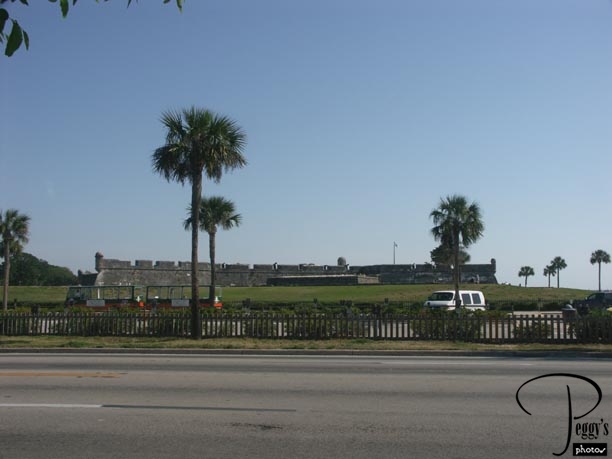
Castillo de San Marcos. During the First Spanish Colonial period, English pirates raided St. Augustine and burned down the town several times. More clashes between the British and the Spanish occurred when the British were setting up American colonies. Spain decided that St. Augustine needed more protection and in 1672 they began construction of the Castillo de San Marcos. The British attacked the fort, but after a two–month siege gave up and burned down the town instead. The Treaty of Paris in 1763, which ended the French and Indian War, gave Florida and St. Augustine to the British. Florida was pro–British during the Revolutionary War. Of course, the British lost the war and a second Treaty of Paris in 1783 returned Florida to Spain as a reward for helping the Americans fight the British. This began the Second Spanish Period (1784–1821). But Napoleon had invaded Spain and Florida lost its importance to it. In 1821, Spain gave St. Augustine to the United States. I didn’t visit the fort this day, but did the next day and will put the photos I took of it on later.

Walk to St. George Street
Walk to St. George Street
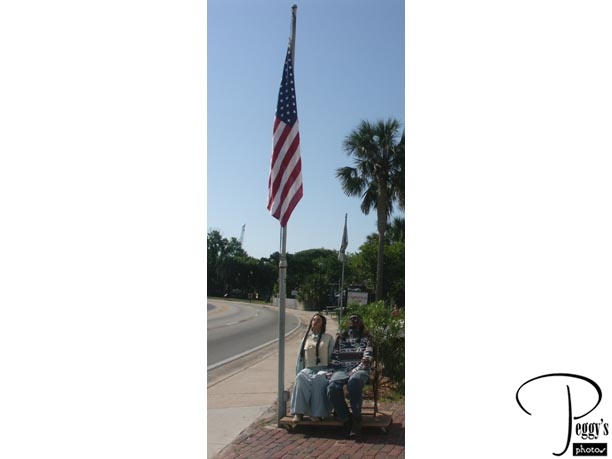
Indians in front of an Indian store. Still on Avenida Menendez.

Walk to St. George Street
Walk to St. George Street
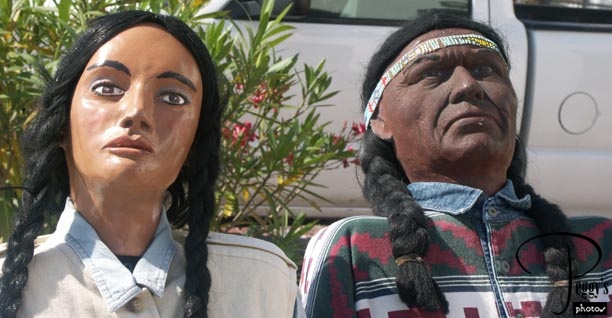
Close–up of the Indians.

Walk to St. George Street
Walk to St. George Street
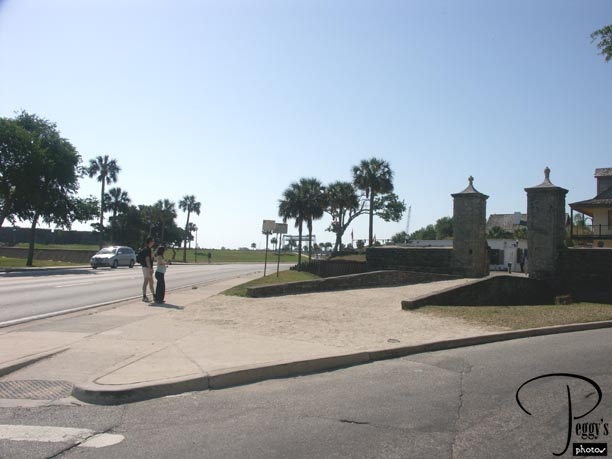
The Castillo de San Marcos is on the left of this photo and the old City Gate and Wall is on the right. This was the only access to the city from the north and the gate to the city was closed each evening. The pillars were made in 1808.

Walk to St. George Street
Walk to St. George Street
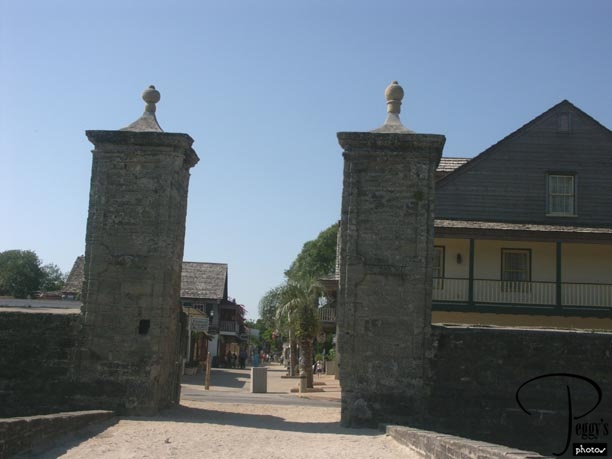
St. George Street seen through the City Gate.

Walk to St. George Street
Walk to St. George Street
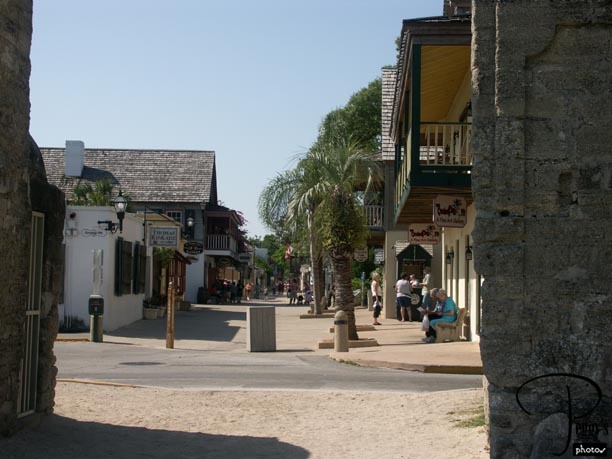
Close–up view of St. George Street through the City Gate.

Walk to St. George Street
Walk to St. George Street
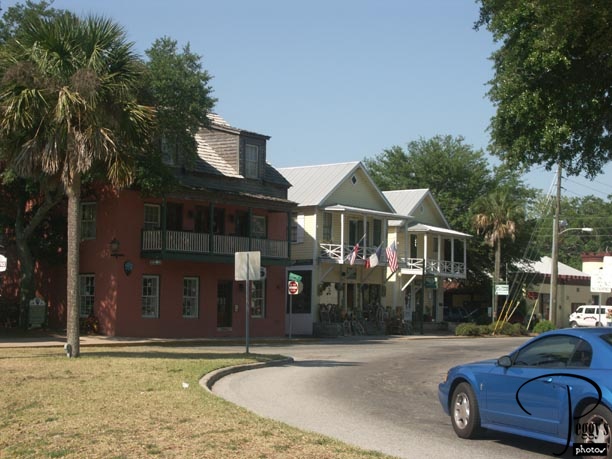
Before going on St. George Street, I made a detour to the middle store in this photo––the one with all the flags.

Walk to St. George Street
Walk to St. George Street
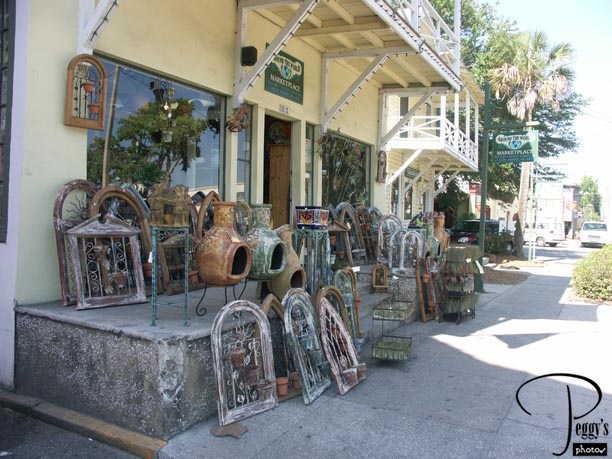
Outside the World Marketplace. Such a store will look very familar to anyone living in Southern California––it mainly sold ceramics from Mexico. I had bought some ceramic cups here the last time I was in St. Augustine and wanted to see if they had anything else that I wanted to buy. This store has a very good buyer and carries some pieces that I have never seen either in Mexico or California Mexican crafts stores.

Walk to St. George Street
Walk to St. George Street
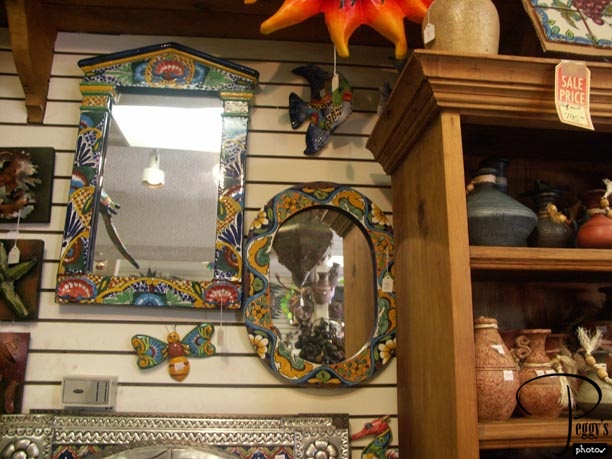
I wanted to buy the mirror on the right, but they wouldn’t ship it to California. I bought a Mexican ceramic switch plate instead. Interesting, there were two other stores near here also selling Mexican ceramics.

Walk to St. George Street
St. George Street
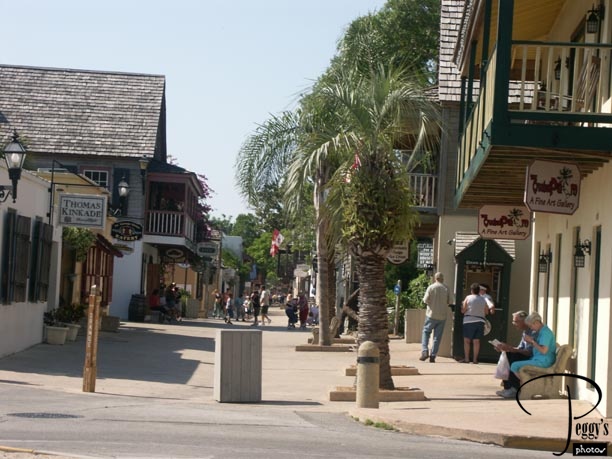
In the 1960s, a restoration of the old buildings began on St. George Street, now with over 25 buildings on it that have been restored or reconstructed.

St. George Street
St. George Street
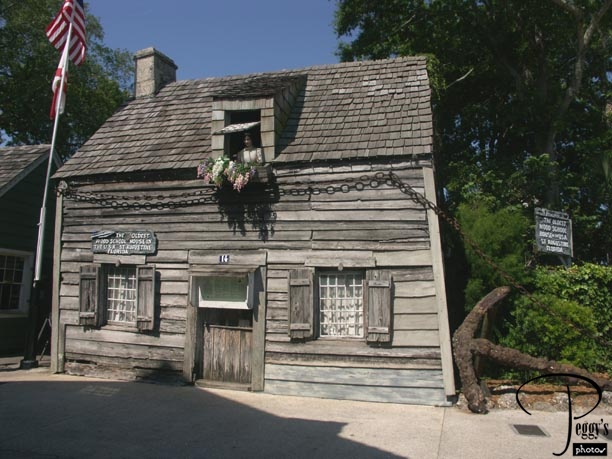
The Oldest Wooden School House in the United States, built during the Second Spanish Period. You can visit a classroom inside for a fee (there are many tours to take in St. Augustine and most charge an admission fee). I didn’t go inside as I did last time I was here.

St. George Street
St. George Street
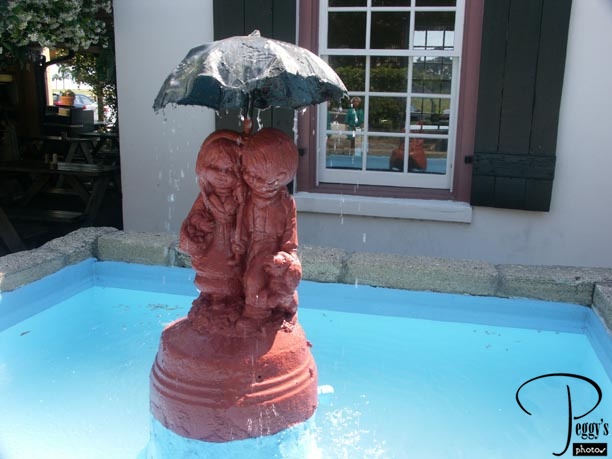
School children fountain statue across from the school house.

St. George Street
St. George Street
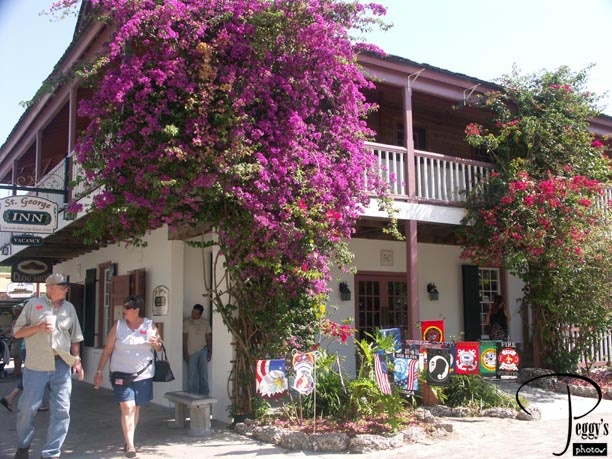
The Suarez–McHenry House from the first Spanish period, now the St. George Inn. The early Spanish mainly built one–story houses from coquina, a hard building stone of shells. Their houses didn’t have windows or upper floors. These were added by the British, using wood for the upper floors. The house in this photo was made from tabby, a building material made of lime, water, sand, oyster shells, and ash. It was often used for floors.

St. George Street
St. George Street
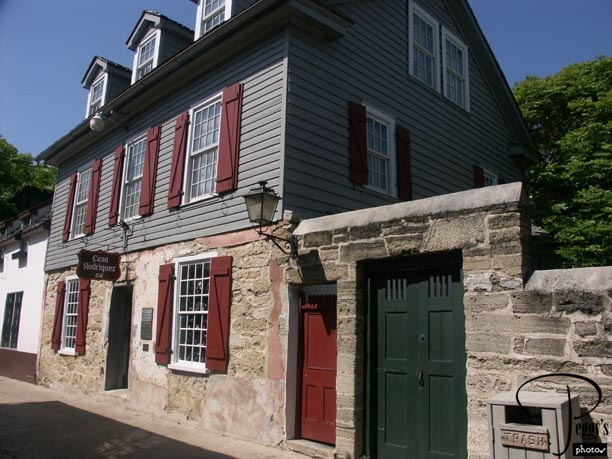
The Rodriguez–Avero–Sanchez House, also called Casa Rodriquez. It was originally a one–room house built in the 1700s.

St. George Street
St. George Street
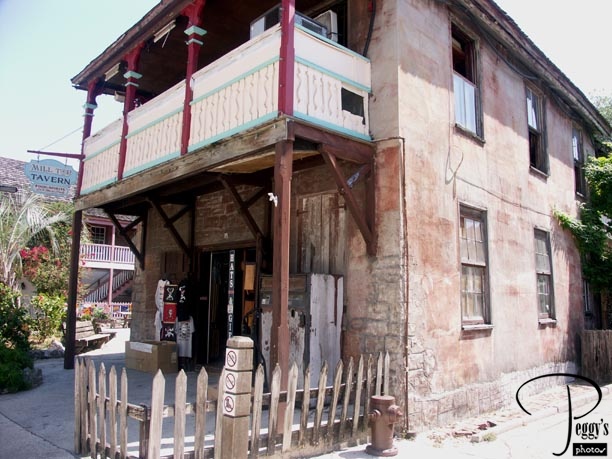
The Mill Top Tavern. No information as to when it was built.

St. George Street
St. George Street
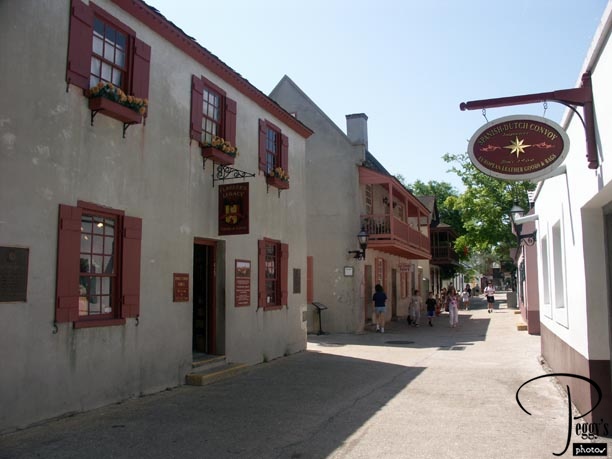
The Casa Avero, built in 1749, houses the St. Photios National Shrine, sporting both Greek and American flags. “This shrine is dedicated to the memory of the 400 Greeks who arrived in St. Augustine in 1768, took on fresh supplies, then journeyed south to help settle the colony of New Smyrna, Florida. After ten difficult years, the survivors of that colony sought refuge in St. Augustine, where they gathered in the Avero House for worship. These pioneers comprised the first permanent settlement of Greeks on this continent.”

St. George Street
St. Photios National Shrine on St. George Street

Inside the shrine. I was thrilled––I didn’t go inside to view the shrine the last time I was here. I really felt like I was back in Greece.

St. Photios National Shrine on St. George Street
St. Photios National Shrine on St. George Street
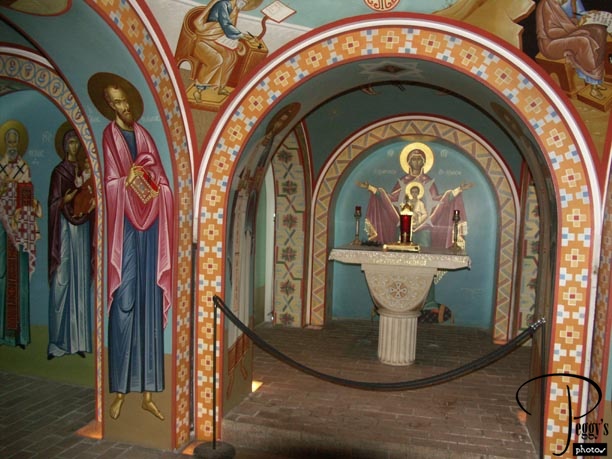
Closer–up view.

St. Photios National Shrine on St. George Street
St. Photios National Shrine on St. George Street
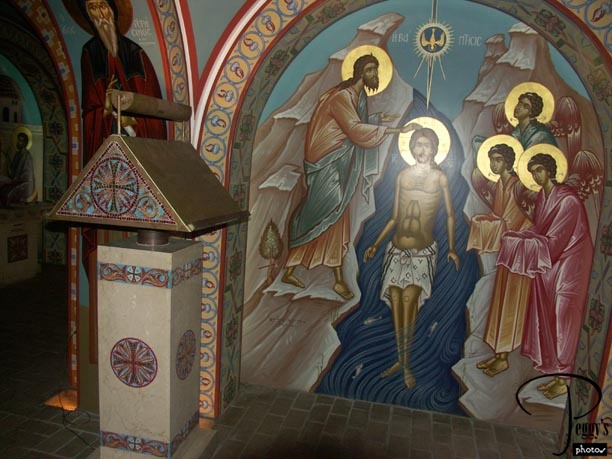
Inside the shrine.

St. Photios National Shrine on St. George Street
St. Photios National Shrine on St. George Street
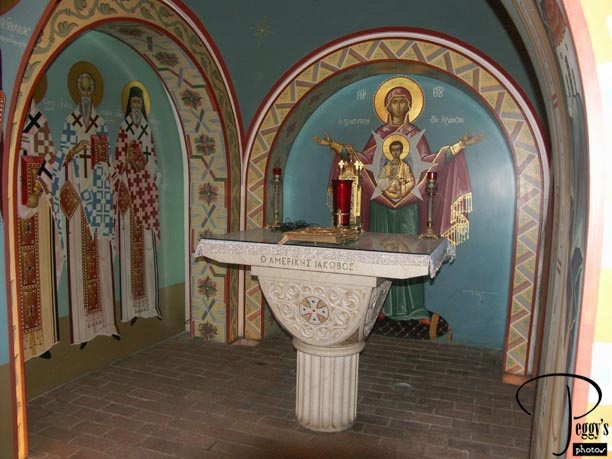
Inside the shrine.

St. Photios National Shrine on St. George Street
St. Photios National Shrine on St. George Street
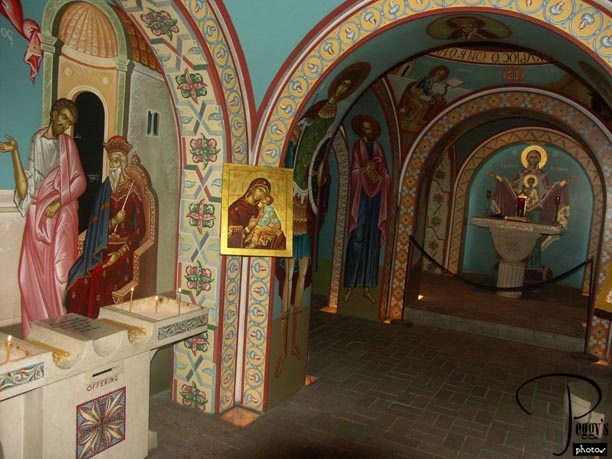
Inside the shrine.

St. Photios National Shrine on St. George Street
St. Photios National Shrine on St. George Street
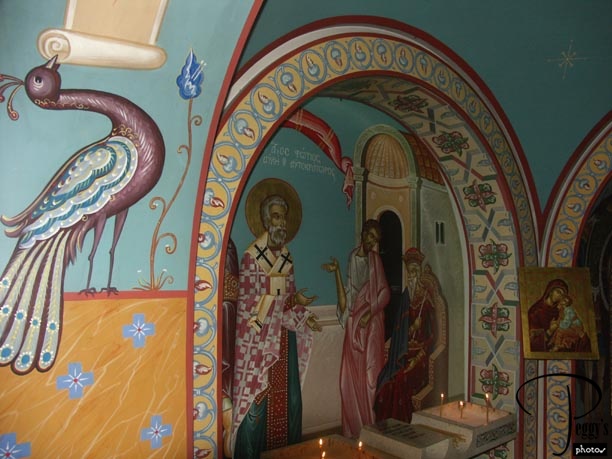
Inside the shrine.

St. Photios National Shrine on St. George Street
St. Photios National Shrine on St. George Street
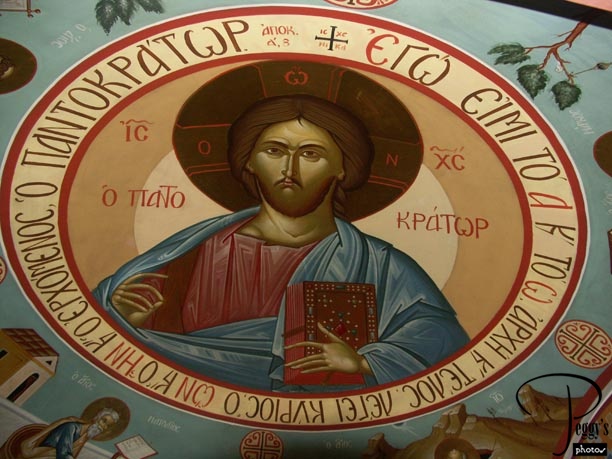
On the ceiling.

St. Photios National Shrine on St. George Street
St. Photios National Shrine on St. George Street
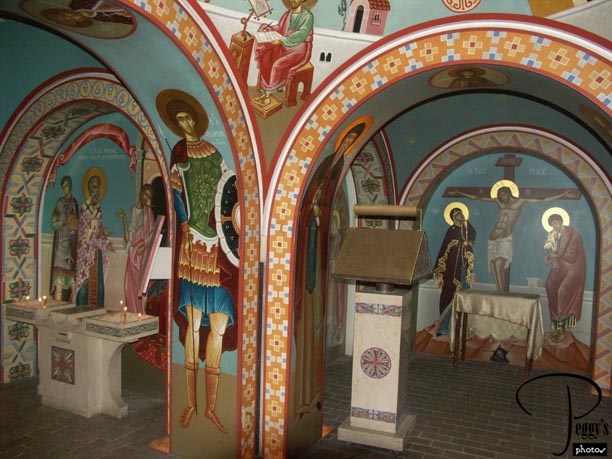
Inside the shrine.

St. Photios National Shrine on St. George Street
St. Photios National Shrine on St. George Street
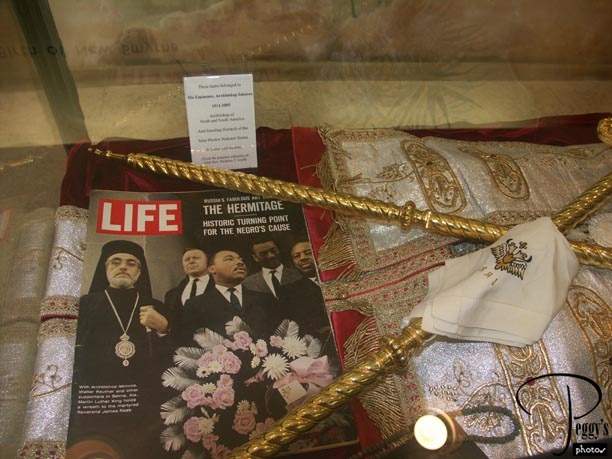
Display case of items that belonged to His Eminence, Archbishop Iakovos, 1911–2005, Archbishop of North and South America and founding Hierarch of the St. Photios National Shrine. Archbishop Iakovos appears on this Life Magazine cover with Martin Luther King. A very interesting video of the Greek migration to St. Augustine is shown in the shrine.

St. Photios National Shrine on St. George Street
St. Photios National Shrine on St. George Street
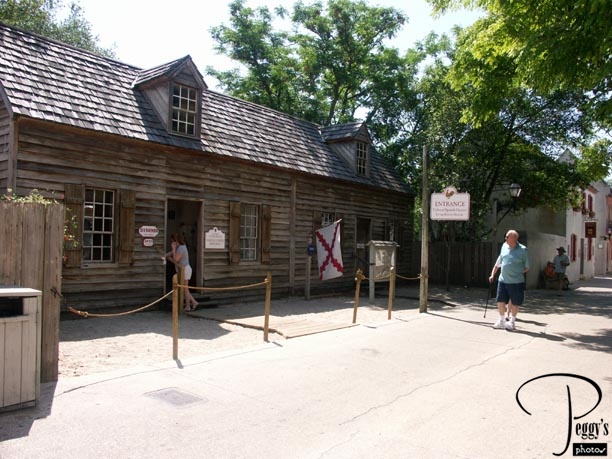
The Peso de Burger–Pellicer House. It is a reconstructed frame duplex house originally built during the British Period around 1785. The entrance to the Colonial Spanish Quarter, a living history museum, complete with people dressed in period costumes and demostrating early crafts, is also here. I saw it on my last visit, so I didn’t go in. The flag flying from this building is the First Spanish Period (1565–1763) flag.

St. Photios National Shrine on St. George Street
St. Photios National Shrine on St. George Street

The Oliveros House, a reconstruction of a 1798 building. I was hearing music coming from the alley on the side of the Oliveros House. It sounded like a Revolutionary War or Civil War tune and I expected to see someone in an old uniform playing it, not this guy in a T–shirt and shorts. I put his best–played tune as a movie clip on this website: Go to Movies, United States, Florida, “St. Augustine Harmonica Player.” If this song isn’t “Dixie,” let me know what you think it is.

St. Photios National Shrine on St. George Street
St. Photios National Shrine on St. George Street
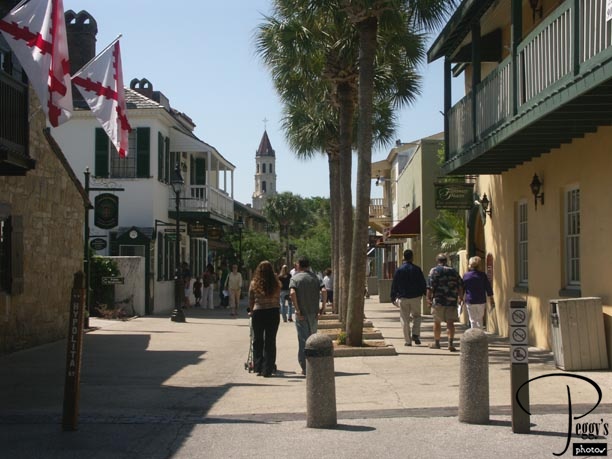
Farther along on St. George Street with a view of the steeple of the Basilica–Cathedral.

St. Photios National Shrine on St. George Street
St. Photios National Shrine on St. George Street
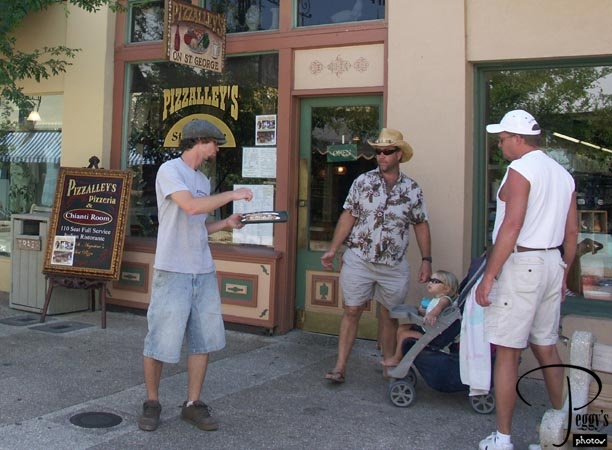
Anyone for a pizza sample?

St. Photios National Shrine on St. George Street
St. Photios National Shrine on St. George Street
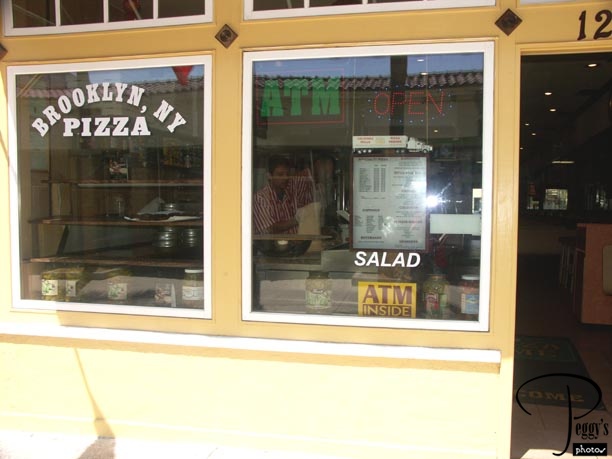
Brooklyn, NY pizza place. I didn’t feel like eating pizza and looked for a restaurant on St. George Street where I could sit outside and do some people watching. I found a place with outside tables and ordered a cheeseburger with fries plus Diet Coke––$9.45 plus tip. The people watching was much fun; the hamburger was not very good.

St. Photios National Shrine on St. George Street
St. Photios National Shrine on St. George Street
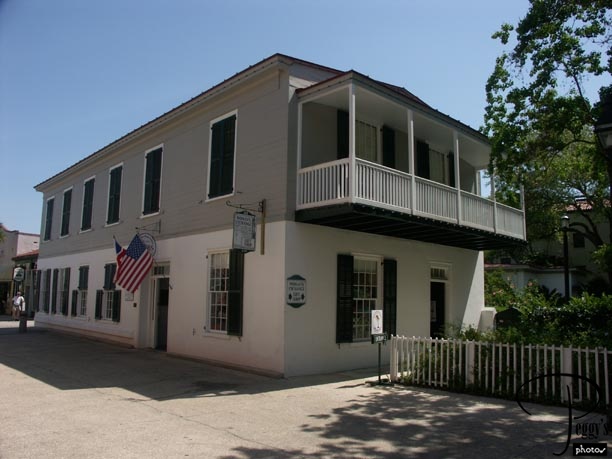
The Pena–Peck House, circa early 1700s. It was the home of the Spanish Treasurer, then the home of the Lt. Governor during the British Period. I found a place where I could buy an ice cream cone to get rid of the taste of the hamburger and found a bench to sit on. An old Southern gentleman came to sit with me and he told me many interesting tales about Savannah, Georgia, where he lives, including ones pre–”Midnight in the Garden of Good and Evil.” I needed to get back on my walk and excused myself.

St. Photios National Shrine on St. George Street
Near St. George Street
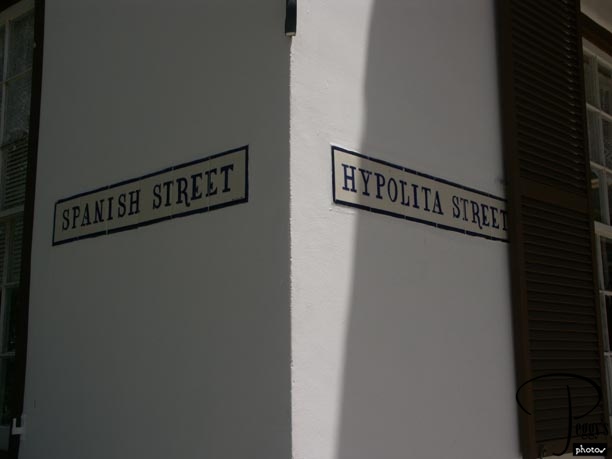
I made a right turn on St. George Street to see if there was anything intersting on Hypolita Street, but only found this interesting sight: the corner of Spanish Street and Hypolita Street (Greek), names from St. Augustine’s varied history.

Near St. George Street
End of St. George Street
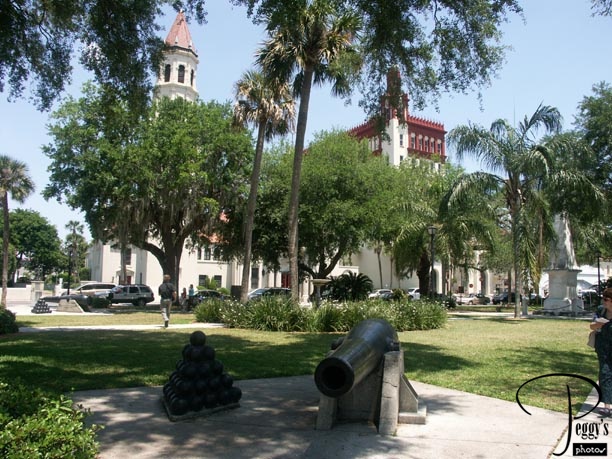
The end of St. George Street is at the Plaza. The Basilica–Cathedral (begun in 1793) is on the left of the photo, the Wachovia Bank Building (built in 1926) is on the right of the photo, and to the far right is the Plaza de la Constitucion Monument, a monument to the new liberal Spanish constitution of 1812. I continued my walk around St. Augustine this day and the rest of my photos will be on the next album.
